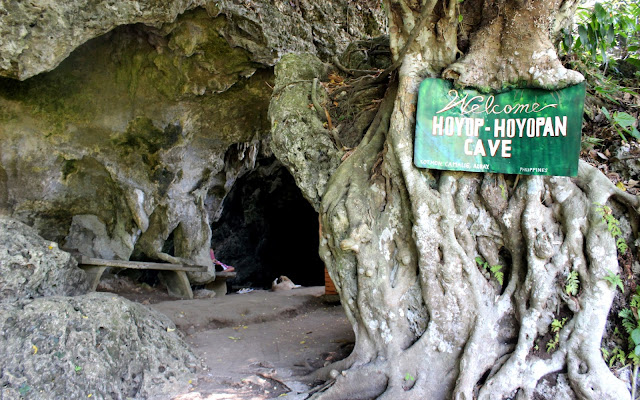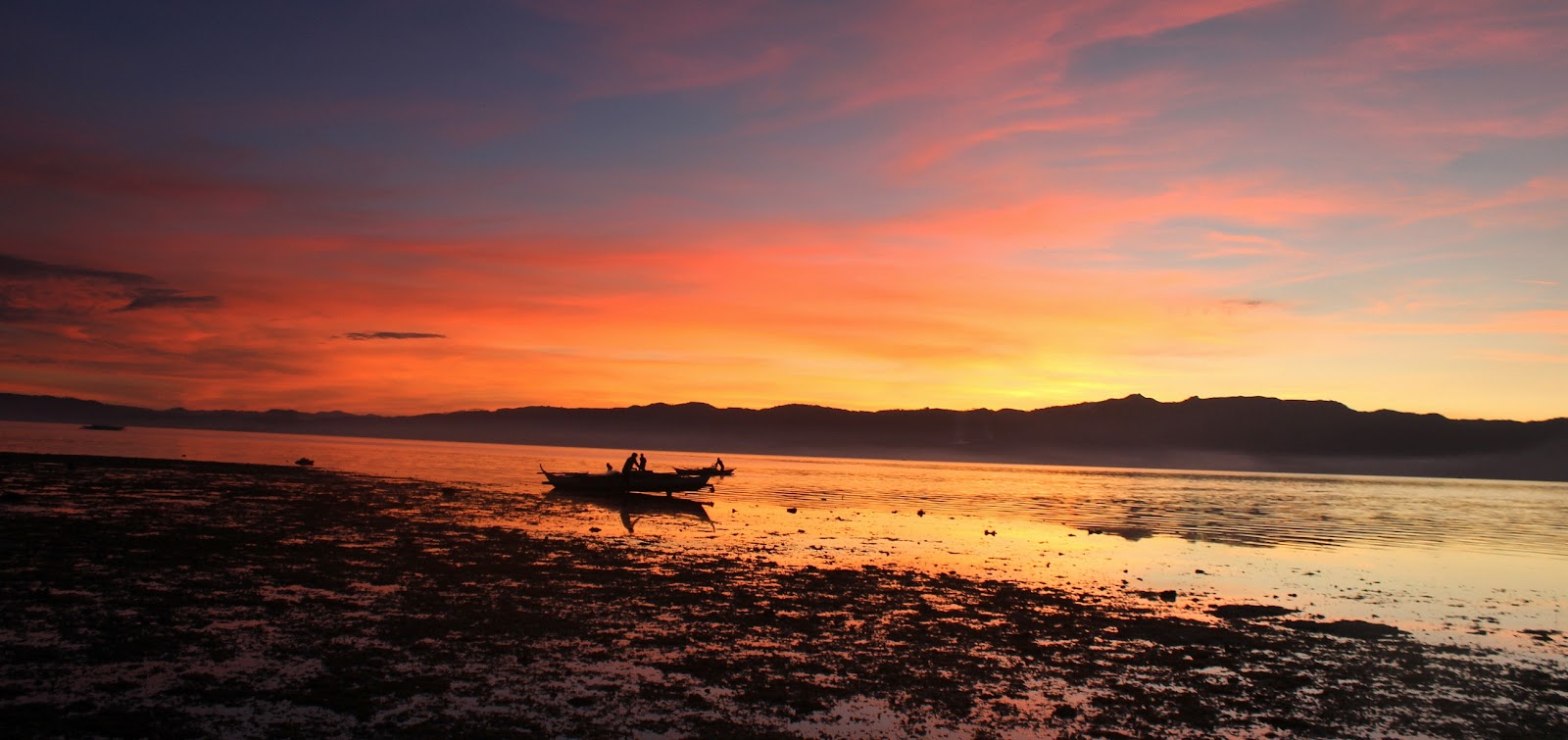
Agusan del Norte Tourist Spots

1. Balangay Shrine
In Butuan City, Agusan del Norte | The Filipino word Baranggay came from the word: Balangay or Balanghai which is watercraft used by the ancient people in the Philippines for transportation and for barter and trade. If I am not mistaken, it was discussed when I was in the fifth grade, in HEKASI. I am happy that today, it’s time to see the actual relics of Balangay, discovered in Butuan. Since the guard did not allow me to use my DSLR or even my digital camera.
Lanao del Norte Tourist Spots

1. Tinago Falls
Tinago Falls is the top tourist attraction in Iligan City, Lanao del Norte. Its name literally translates to "hidden" in English,. This majestic waterfall captured the attention of travelers worldwide because of its grandeur. The crystal clear and cool water falling by the walls of the artistic rock formation creates a world-class picturesque - such picture-perfect landscape. On the other hand, the area is surrounded by greens that help in preserving the tranquility and relaxing atmosphere.
Lignon Hill, Albay

After Daraga Church, we headed to our last destination in Albay - Lignon Hill. Kuya Lijong dropped us by the entrance, we settled the payment and he left. Instead of a continuous ascent, we had a buko break first. Relaxed and regained the fluid we lost. The road to the summit is concrete and surrounded by hardwood trees, so the ambiance, while we were walking, was relaxing, with the cold wind blowing. And after 30 minutes, we finally reached the summit. Beautiful landscape and a 360 degrees view of Legaspi City and the hiding Mt. Mayon. Commercial establishments such as souvenir shops and food stalls are available. By the way, restrooms are also available. READ: BACKPACKING ALBAY, SORSOGON, CATANDUANES
Daraga Church, Albay

We were still wishing that on our next destination, Mt. Mayon will show its perfect cone. Kuya Lijong brought us to the historical Daraga Church, situated on a hill. The location is also a perfect spot to see the beauty of Magayon which was playing hide and seek with us. The clearing was negative, so let's proceed to its history. The structure of Daraga Church has a Baroque design built by the Franciscan Friars in 1773. It served as the place of worship after the church of Cagsawa was destroyed by the eruption of Mt. Mayon in 1814. Also, Daraga Church served as the station of Japanese soldiers during the Second World War in 1945. It was rebuilt from 1971 to 1973. READ: BACKPACKING ALBAY, SORSOGON, CATANDUANES
Sumlang Lake, Albay

After Hoyop-Hoyopan Cave, we were brought to Sumlang Lake, a beautiful and instagrammable spot in Albay. The area has a beautiful landscape, surrounded by trees, flowers and other plants. It could have been perfect if there was a clear view of Mt. Mayon on the backdrop, however, it was hiding during our visit. We waited for almost an hour while enjoying the view and eating ice cream, but, Magayon was still hiding. READ: BACKPACKING ALBAY, SORSOGON, CATANDUANES
Hoyop-hoyopan Cave, Albay

After Cagsawa Ruins, Kuya Lijong brought us to Hoyop-hoyopan Cave. Its name was derived from their local dialect which means "to blow or blowing." The wind enters the cave opening, blows through the cave's cavern, and exits to the other side. That blowing wind is the reason why the ambiance inside the is cool and relaxing. Aside from that, there are a lot of artistic stalactites, stalagmites and columns inside the cave. What's different than the other cave? There's a round concrete dance floor inside this cave. According to our guide, the locals created the dance floor to hide their party and gimmicks as these were not allowed before. READ: BACKPACKING ALBAY, SORSOGON, CATANDUANES
Mt. Mayon

Mt. Mayon is definitely the top tourist spot in Albay and it was hiding in the clouds during our 2 attempts to visit Cagsawa Ruins. According to the metal plate: "The spiritual administration of Cagsawa from 1587 to 1595 was under the Parish of Camalig. An early church was burned, 25 July 1636, by the Dutch who ransacked the towns bordering Legaspi Bay. This church was built after 1724 by Fray Francisco Blanco. D.F.M., was buried by rocks and lava during the eruption of Mayon Volcano, on 1 February 1814. The authorities of Cagsawa meeting at Ligao, 6 July 1814, decided to incorporate their town as part of Daraga. The first centenary of the destructions of the church was commemorated 1 February 1914, with a huge pilgrimage to the ruins where high mass was celebrated."
Albay Cathedral: History, Mass Schedule


